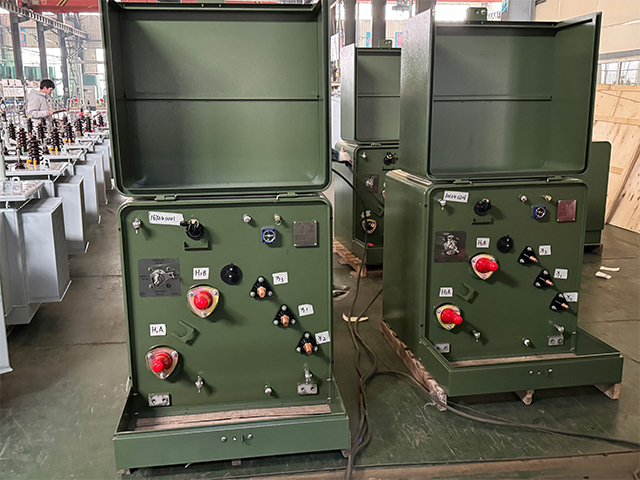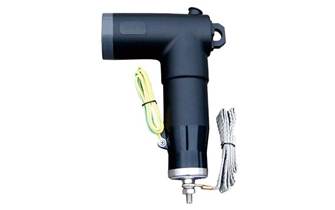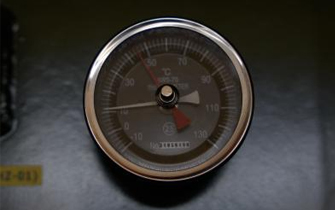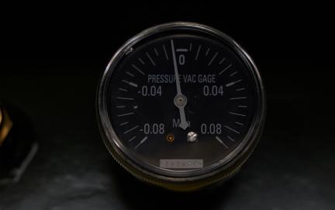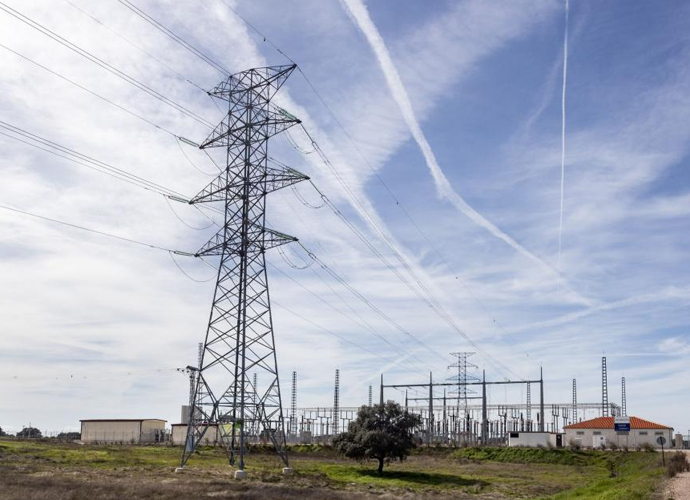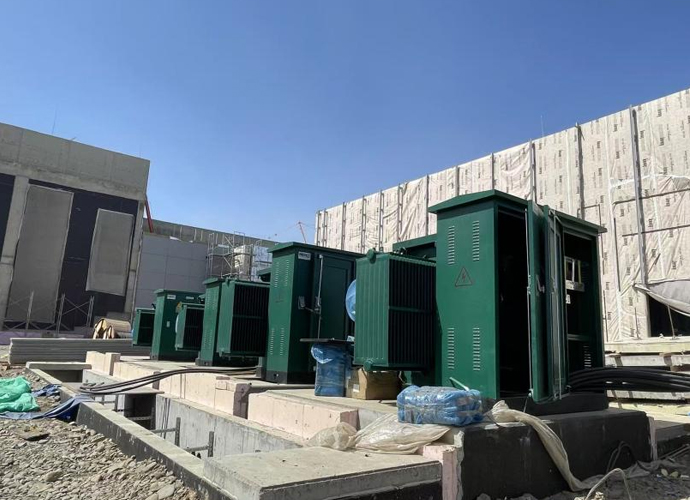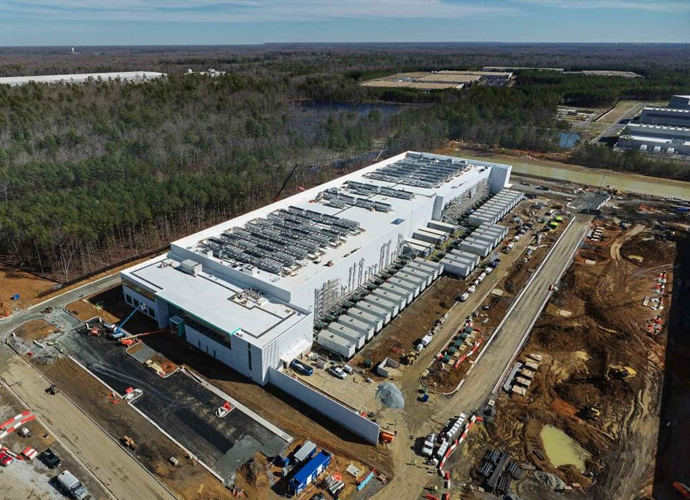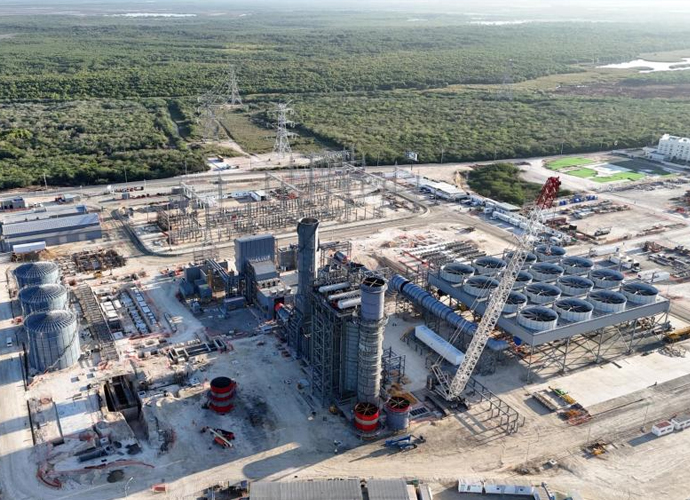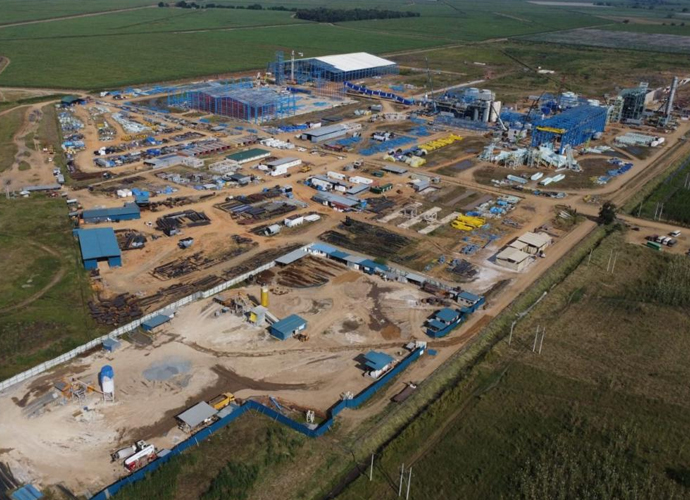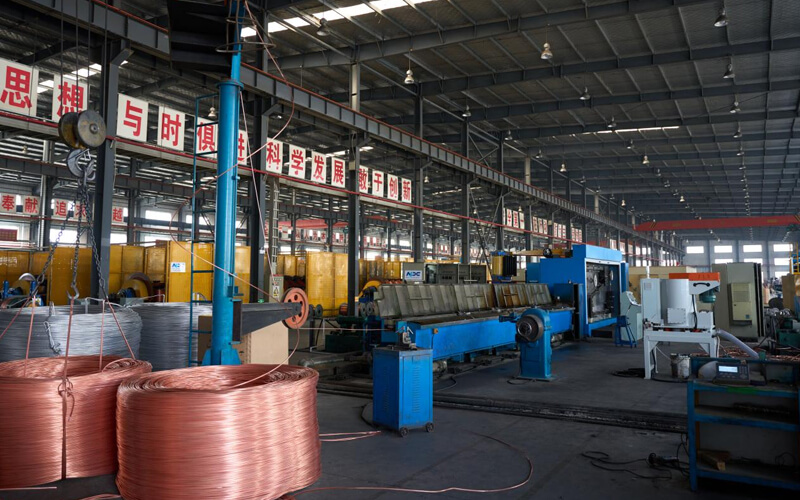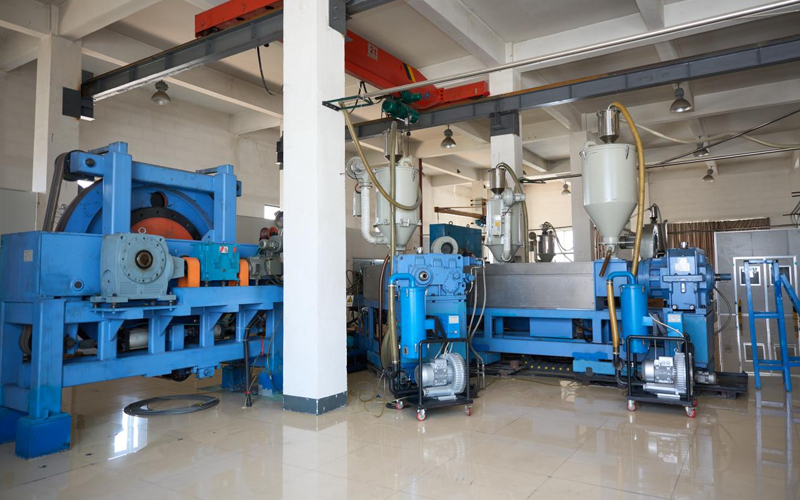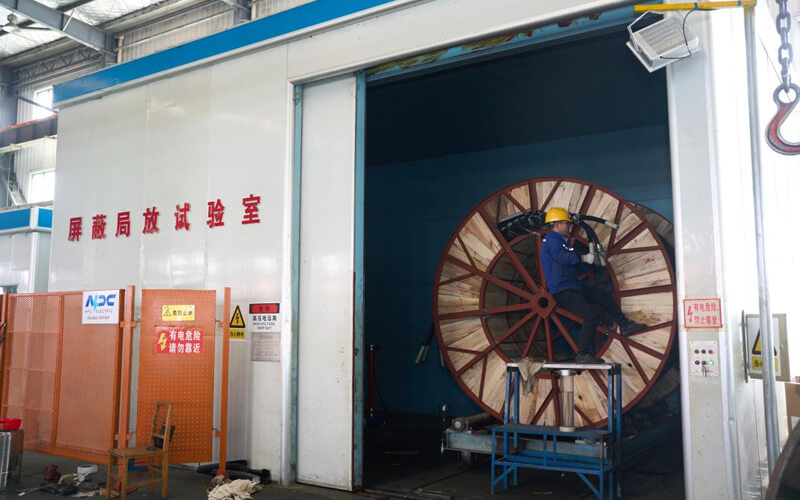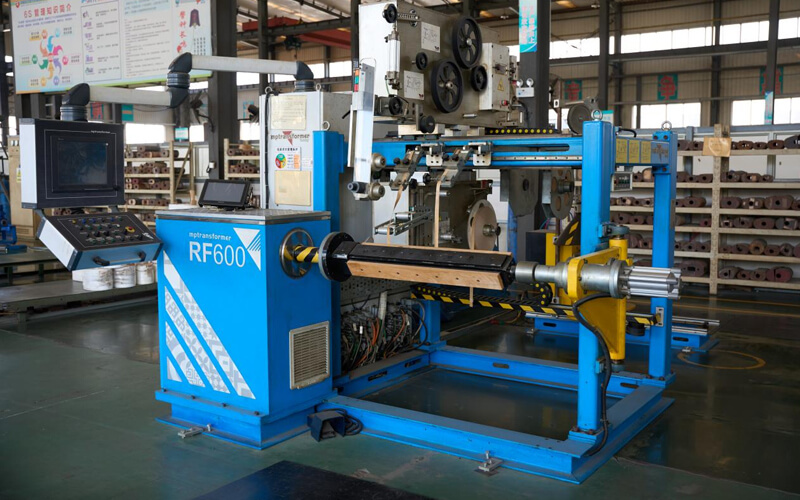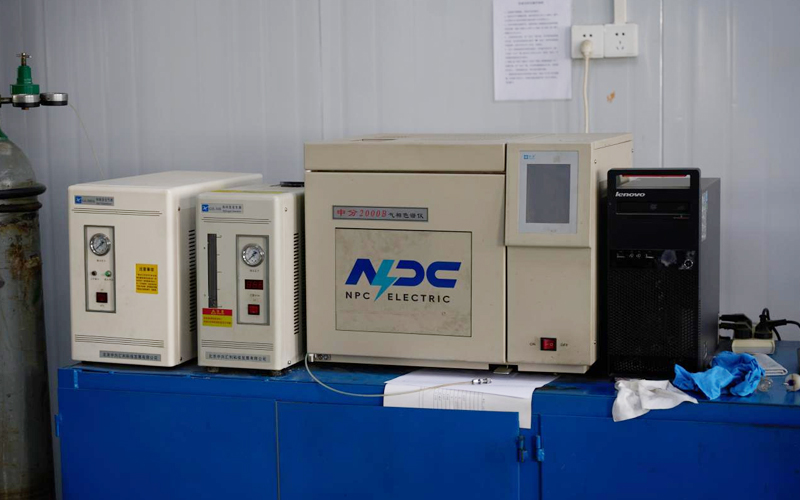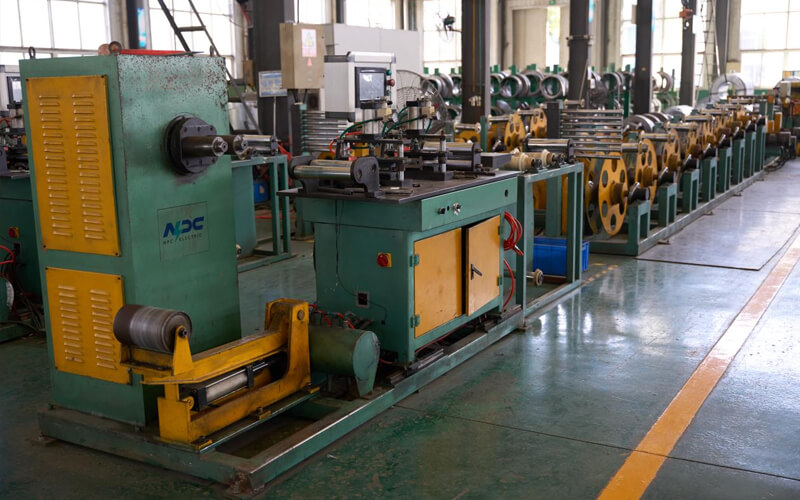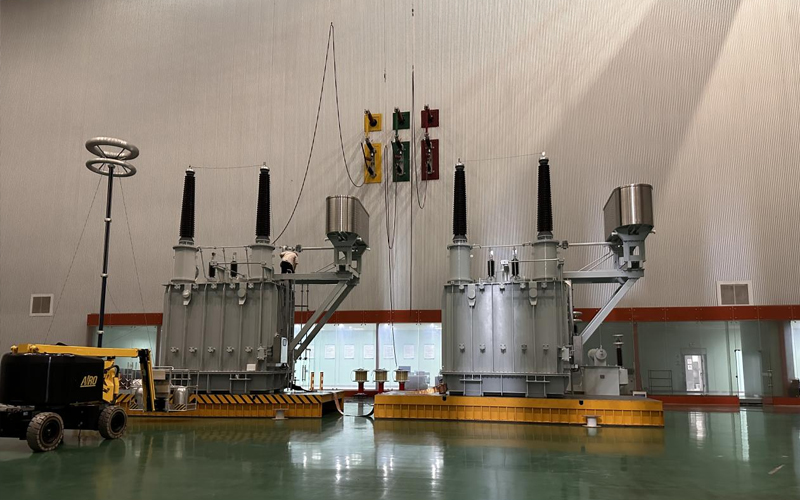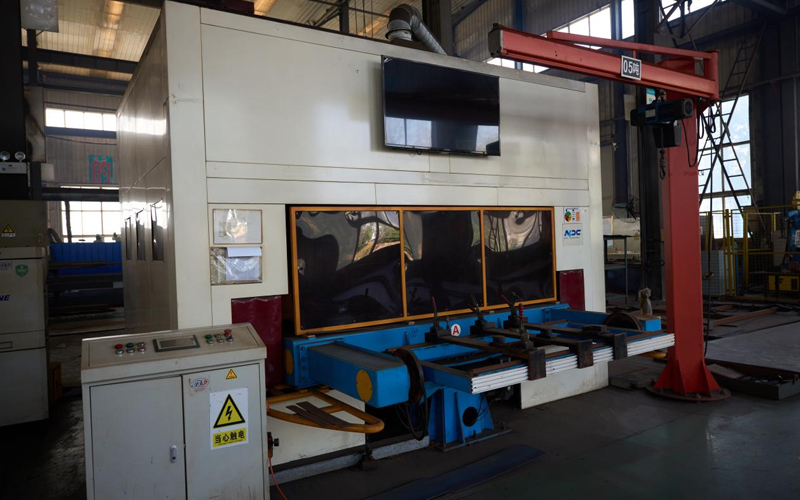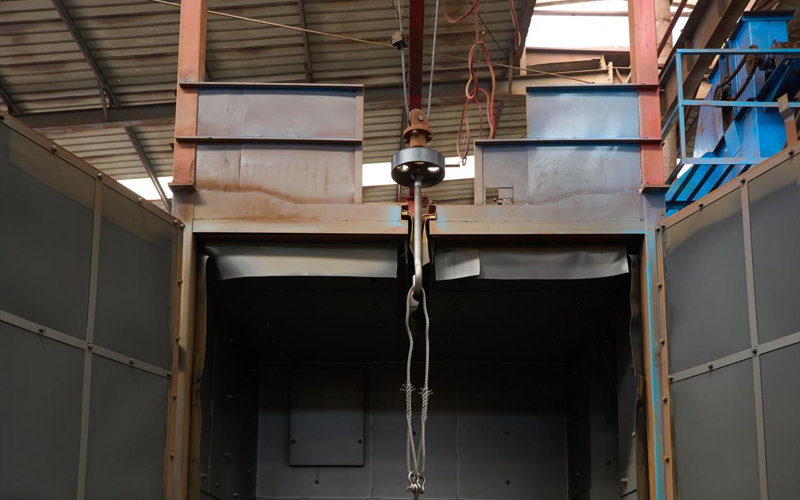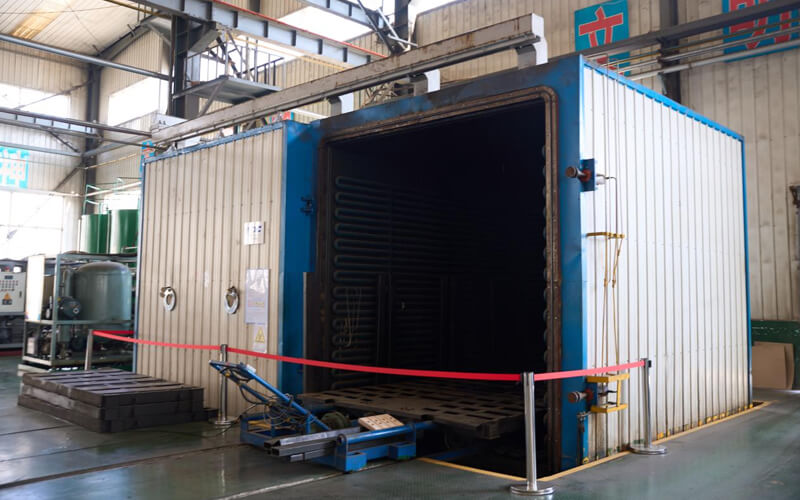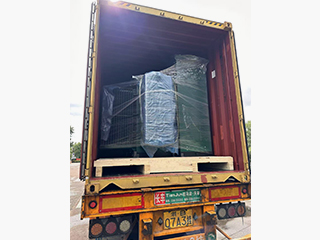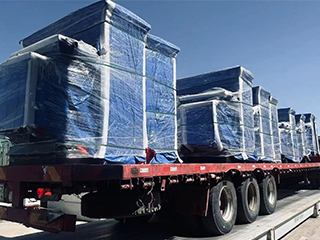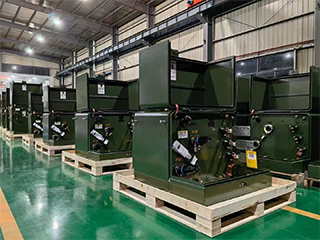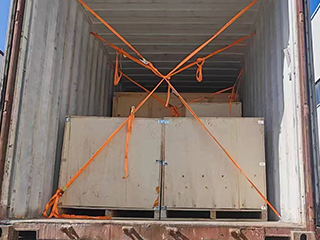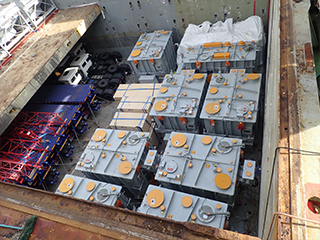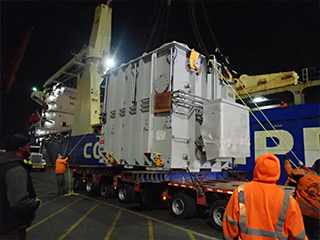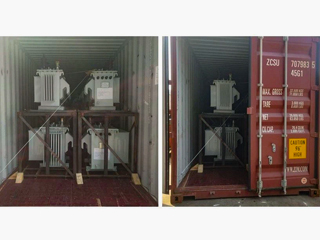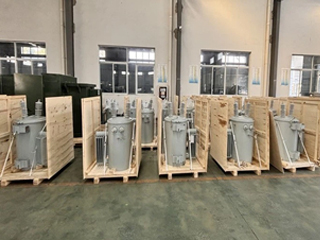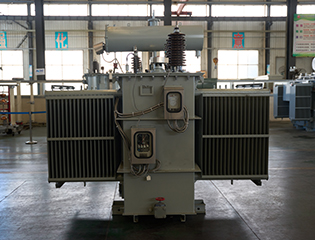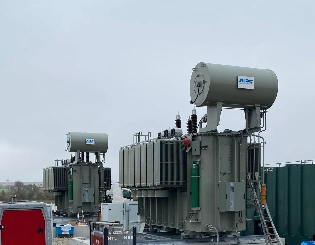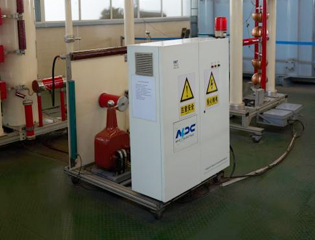250kVA Single Phase Pad Mounted Transformer
- Primary Voltage Ratings 34.5-19.92/13.8-7.957/13.2-7.62/12.47-7.2, 24.94, 26.25, 33 or others
- Secondary Voltage Ratings 480-240/240-120or customized
- H.V. Tap Range ± 2×2.5% HV taps or others
- Type Loop Feed or Radial Feed
- BIL 30/95kV
- Standards IEEE, CSA, DOE, NEMA
- Application Utility, Residential areas, Commercial hubs, Transportation centers, Airports etc.
- Power Rating 250kVA
- Certificate UL/cUL, CSA, CESI
- Cooling Method ONAN, ONAN/ONAF, KNAN, KNAN/KNAF
- Oil Mineral Oil or FR3
- Opeartion Step Down & Step Up
Technical Specifications
| Rated Power | 250 kVA |
| Rating Primary Voltage | 11950Delta or Customized |
| Secondary Voltage | 480-240V 240-120V 277V Customized |
| Frequency | 50/60Hz |
| Vector Group | Ii0,Ii6 |
| Winding Material | Aluminum/Copper |
| Efficiency | As IEEE,Doe 2016,CAS Std or Customized |
| Impedance Voltage | Nominal 2% or Customized 1.1-5.75% |
| Altitude | ≤1,000m or Customized |
| Color | ANSI 70 Light gray/Munsell 7GY3.29/1.5 or customized etc |
| Tank material | Mild Steel, 304 Stainless Steel |
| Insulating Oil Weight | 325 kg |
| Total Weight | 1106 kg |
| Outline Dimensions(L×W×H)in. | 1430×1300×1250(mm) |
| Lifting Lug | ELSP Fuse |
| Hinged Door | BAY-O-NET Fuse |
| Parking Bracket | Tap Changer |
| Tank Cover | Oil Level Gauge |
| L.V Bushing (4-Hole ) | Pressure Relief Valve |
| Two/Four Position Load break Switch | Vacuum Pressure Gauge |
| HV Grounding Copper Bar | Terminal Block |
| Temperature Indicator | Door Handle |
| H.V Bushing Well | Ground Strap |
| Grounding Copper Bar | Nameplate |
| 1"'Drain Valve With 3/8" Sampler | Non-PCB decal |
| 1" Upper Fill Valve Filter Press Connection | High Voltage Warning Signs |
Customization Optional
Packing and Shipping
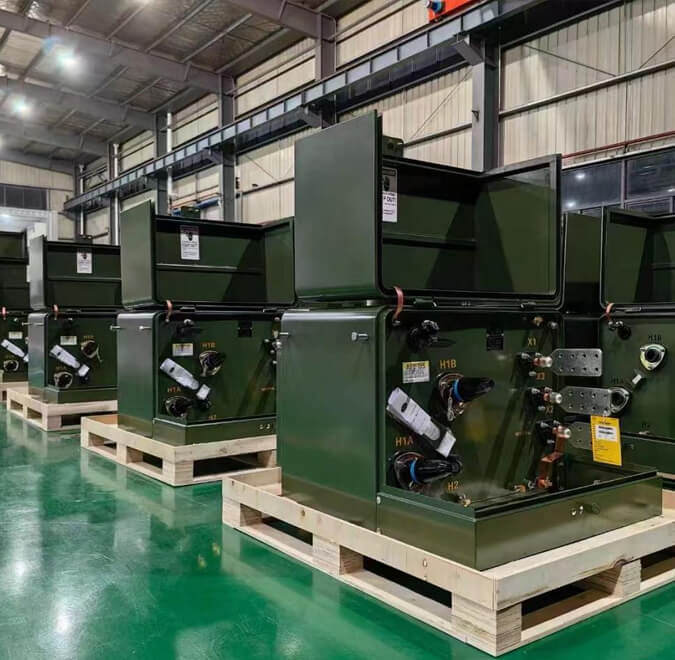
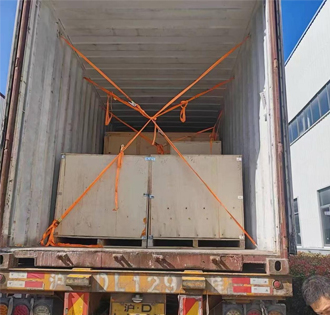
Manufacturer Test
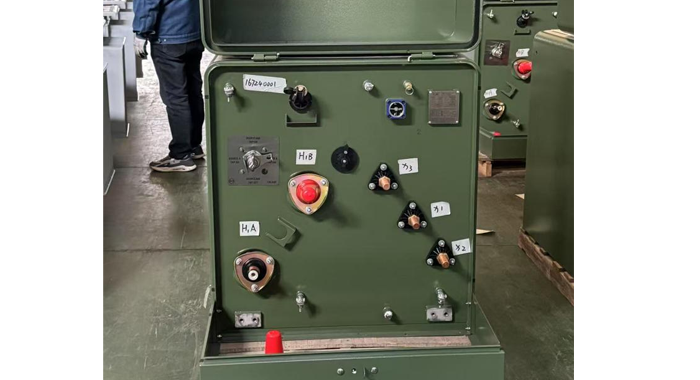
Progress Test
NPC Electric manufacturer pad mounted transformer have the strict quality control. The progress test for a 250kVA Single Phase Pad Mounted transformer typically involves a series of inspections and performance checks conducted at various stages of manufacturing to ensure the transformer meets quality and safety standards. This includes verifying the electrical parameters, such as voltage ratios, insulation resistance, and load performance, as well as checking for any physical defects or manufacturing discrepancies. The test also ensures that the transformer operates efficiently under both no-load and full-load conditions. Additional tests may include temperature rise tests, mechanical strength tests, and partial discharge testing to confirm the durability and reliability of the transformer in real-world conditions. These progress tests are crucial for ensuring the transformer’s compliance with industry standards and its readiness for safe, reliable operation.
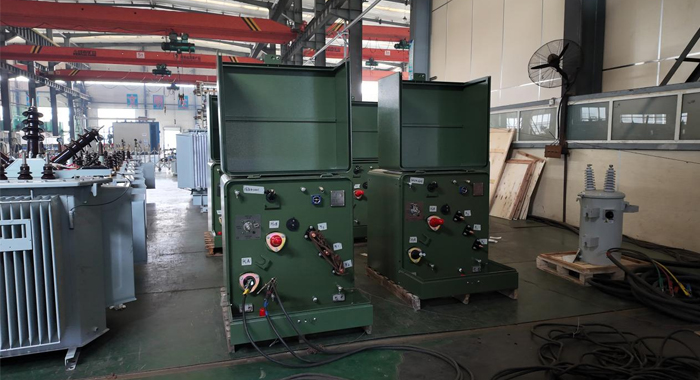
Design Tests
All transformer will be test after finished the production, test items as below:
♦ Insulation Power Factor:
♦ Ratio, Polarity, and Phase Relation:
♦ Winding Resistance:
♦ Impulse Tests:
♦ On load Loss Test:
♦ No Load Loss Test
♦ Leak Test:
♦ DC Insulation Resistance Test
♦ Transformer Turns Ratio/TTR (All Tap Voltages)
♦ Impedance Voltage & Load Loss (Rated Voltage)
♦ Polarity, 1-Ph / Phase Relation, 3-Ph (Rated Voltage)
♦ Excitation & No-Load Loss (Rated Voltage)
♦ Applied Voltage
♦ Induced Voltage
♦ Lightning Impulse
♦ Insulation Resistance (Rated Voltage)
♦ Temperature Rise
♦ Dielectric Withstand (Hipot)
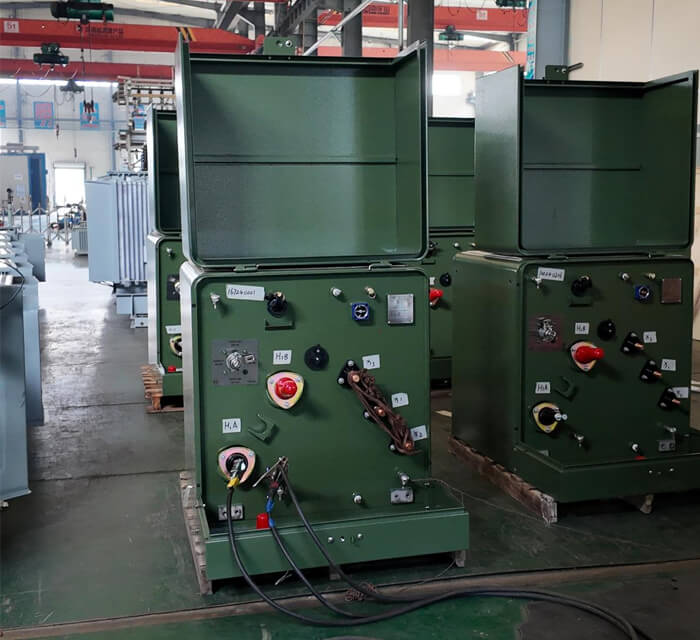
Transformer Factory Acceptance Test
NPC Electric will tests made for quality control by the manufacturer on every device or representative samples, or on parts or materials as required, to verify during production that the product meets the design specifications.
The Transformer Factory Acceptance Test (FAT) for a 250kVA Single Phase Pad Mounted transformer is a comprehensive series of tests conducted at the manufacturer’s facility before the transformer is shipped to the customer. The FAT ensures that the transformer meets all specified design, performance, and safety requirements. Key tests include verifying electrical parameters such as primary and secondary voltage, load testing, insulation resistance, and dielectric strength. The transformer’s mechanical and structural integrity is also tested, including the verification of physical dimensions, grounding, and the operation of protective devices. Additionally, temperature rise tests, no-load and full-load tests, and partial discharge tests may be performed to confirm the transformer's reliability and efficiency under real-world conditions. The FAT provides assurance that the transformer is fully functional, safe, and ready for installation upon delivery.
Routine Test - Excitation & No-Load Loss (Rated Voltage)
Voltage source: usually rated voltage (such as 230V, 400V, 660V, customized according to equipment requirements)
Temperature and humidity meter: used to record ambient temperature and humidity conditions
Check the device terminals and wiring to ensure that the connection is secure and not loose or contaminated.
Ensure the test environment is suitable: relative humidity below 75%, no rain, and recommended temperature is 20-30°C.
Connect the test equipment to the appropriate terminals of the device under test and ensure that all connection points are properly grounded to avoid current leakage during the test.
Apply Test Voltage:
Select a suitable test voltage according to the rated voltage of the equipment (for example, the rated voltage is 11kV, 33kV or others), and ensure that the applied voltage is stable.
No-load loss
Excitation loss
Power factor
Voltage
Current
Ambient temperature and humidity during testing
No-load loss > rated loss (further inspection or corrective action required)
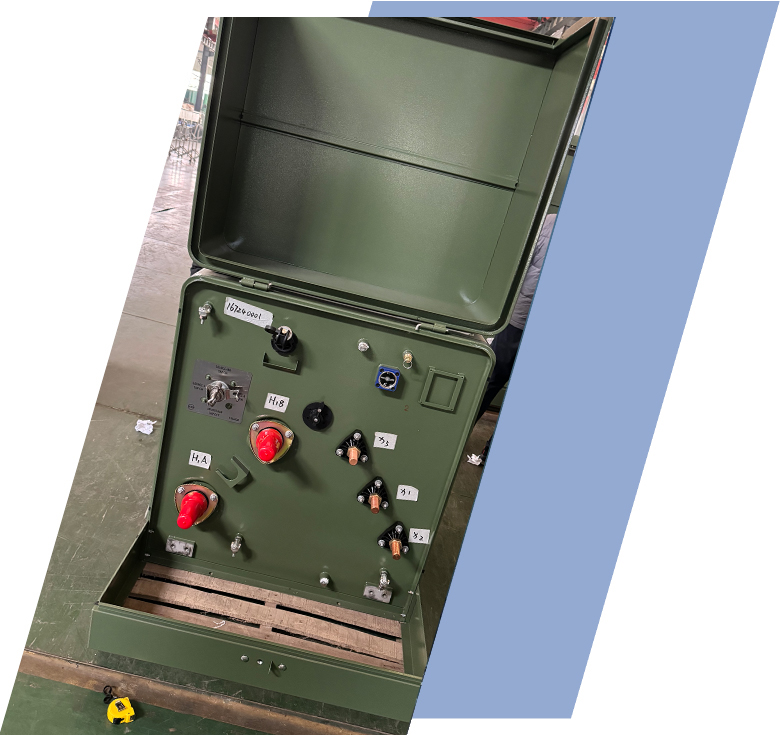
Application
Technical Advantages
Product Packaging
Related Products
FAQ From Customers
-
What is a Transformer?A transformer is an electrical device used to change the voltage of alternating current (AC). It works on the principle of electromagnetic induction, converting high-voltage current into low-voltage current or low-voltage current into high-voltage current. Transformers are widely used in power transmission, distribution systems, and various electronic devices.
-
What are the main uses of a transformer?The main use of a transformer is voltage conversion. Transformers are used in power transmission systems to help transfer electricity from power plants to consumers. In addition, transformers are also used in electronic devices such as chargers, televisions, power adapters, etc., to adjust the voltage to meet the requirements of different devices.
-
Do you have UL listed?Yes, our transformer has UL listed. We have exported to America many pad mounted transformer,substation transformer and HV.

